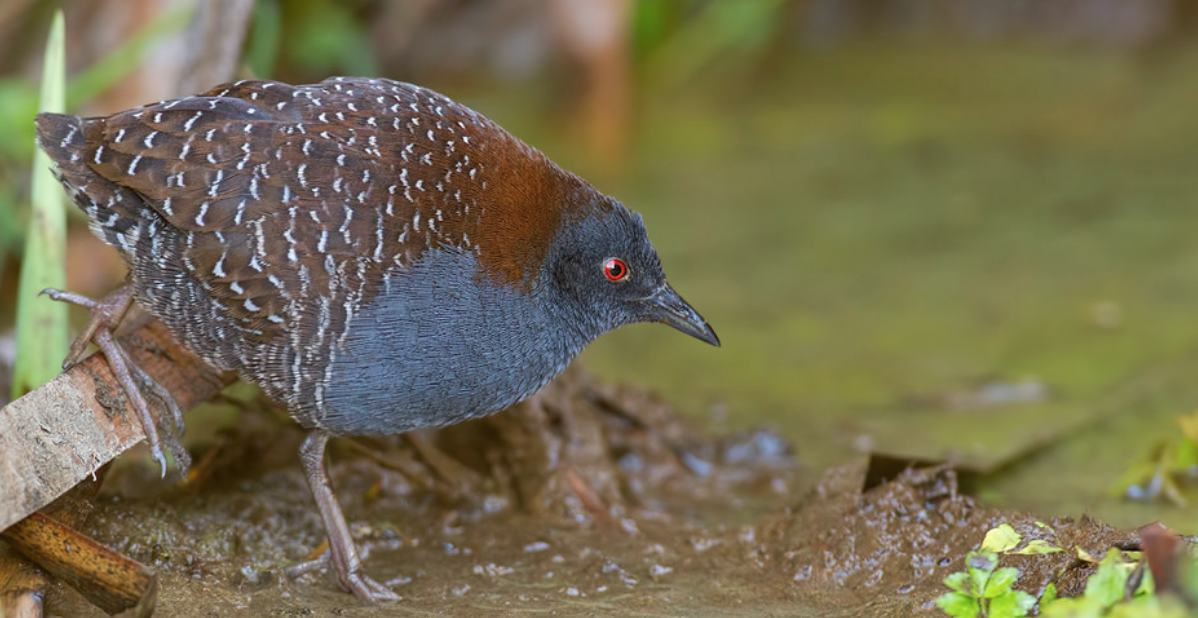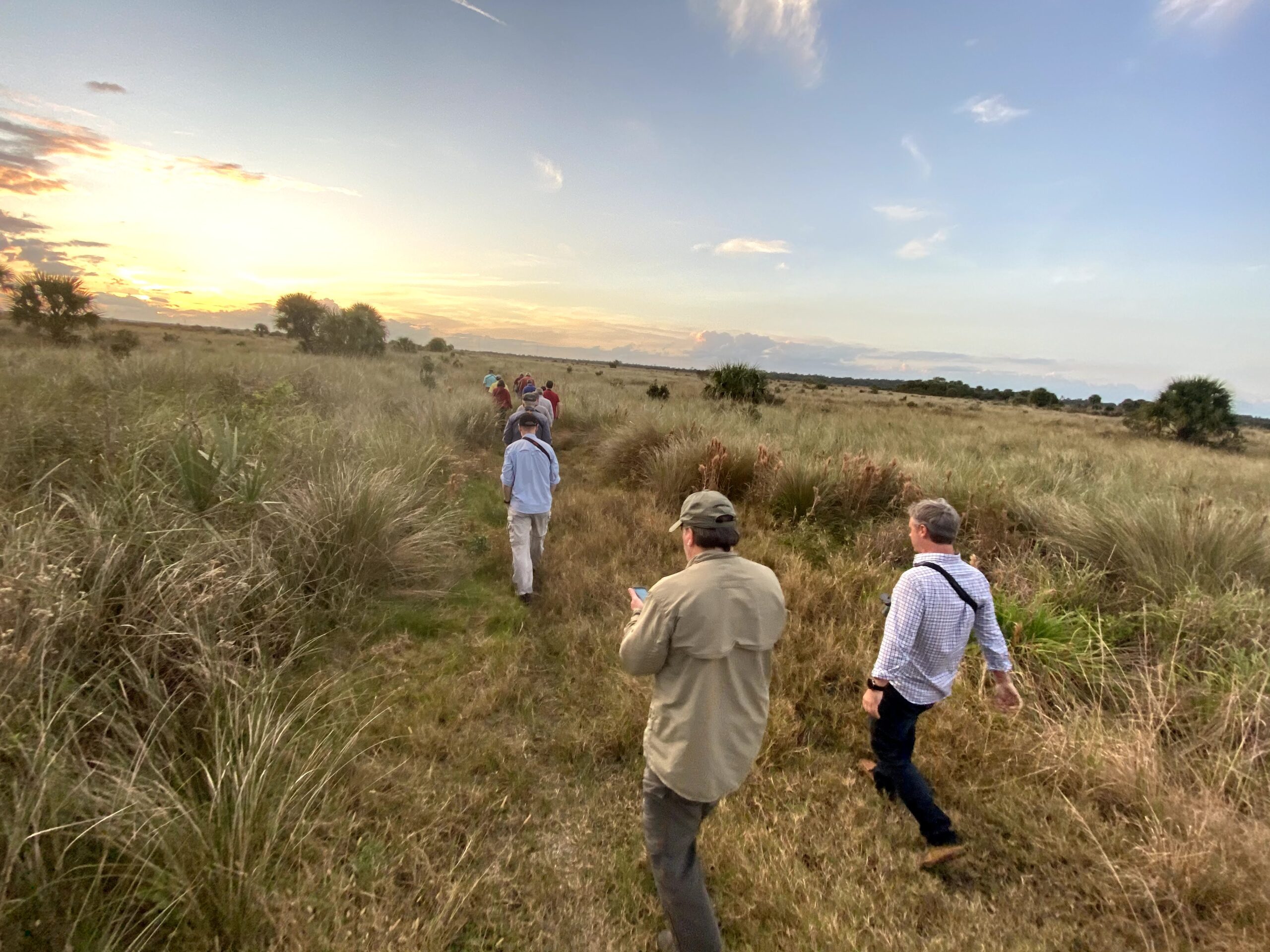Black Rail Conservation Plan
 The ACJV published the Black Rail Conservation Plan in July 2020. This is the first ever comprehensive plan to conserve Black Rails. The plan lays out six priority strategies needed to achieve a sustainable population of 2,500 breeding pairs of Black Rails. Of particular note is that the plan focuses most of these strategies in the non-tidal portions of the Atlantic Black Rail range. Historically, 90% of Black Rail records came from tidal marsh systems. However, those habitats are now widely considered to be incapable of supporting Black Rails into the future given the threat of sea level rise and coastal storms. Thankfully, Black Rails can nest in a variety of wetland habitats given the right conditions. The plan strategies underscore the importance of determining how best to create the subtle habitat features that Black Rails need in freshwater emergent marshes, wet prairies, artificial wetlands, impoundments and similar landscapes so that we can begin to grow the population in places that are safe from the threat of sea level rise.
The ACJV published the Black Rail Conservation Plan in July 2020. This is the first ever comprehensive plan to conserve Black Rails. The plan lays out six priority strategies needed to achieve a sustainable population of 2,500 breeding pairs of Black Rails. Of particular note is that the plan focuses most of these strategies in the non-tidal portions of the Atlantic Black Rail range. Historically, 90% of Black Rail records came from tidal marsh systems. However, those habitats are now widely considered to be incapable of supporting Black Rails into the future given the threat of sea level rise and coastal storms. Thankfully, Black Rails can nest in a variety of wetland habitats given the right conditions. The plan strategies underscore the importance of determining how best to create the subtle habitat features that Black Rails need in freshwater emergent marshes, wet prairies, artificial wetlands, impoundments and similar landscapes so that we can begin to grow the population in places that are safe from the threat of sea level rise.
Black Rail Conservation on the Ground
Black Rail work in the Joint Venture continues to gain momentum, with particular emphasis on activities to inform conservation and management of BLRA on the ground:
- A three year Adaptive Management Project with USGS has been funded to experimentally test management techniques to create, restore, or enhance Black Rail habitat to increase their numbers. Currently projects are being solicited to test a combination of prescribed fire, herbicide/mechanical treatments, and water level management.
- A Competitive State Wildlife Grant was funded in Maryland to create/restore over 50 acres of non-tidal wetlands on the Eastern Shore, with focus on the historic Black Rail site of the Easton Water Treatment Plant and Conquest Beach near Eastern Neck National Wildlife Refuge.
- A NRCS Conservation Effects Assessment Program (CEAP) project was funded for work in Florida. This proposed 5 year project will entail working on farms/ranches in Florida to assess physical characteristics of Black Rail habitat, form a coalition of working farms/ranches, use information to remotely sense similar habitats in inland Florida, manipulate habitats to create BLRA habitat, and monitor Black Rail response throughout the project time period.
- State Working Groups for Black Rail have or are being formed in FL, GA, SC, NC, and MD. Meetings have occurred in MD, NC, and FL. Approximately 60 people attended the most recent virtual meeting in Florida.
- Subgroups of the Black Rail Working Group have formed to 1) evaluate use of Autonomous Recording Units (ARUs) to census remote areas for BLRA and large areas where personnel are not available; 2) address and coordinate analysis of recordings; 3) coordinate census with other endangered and threatened species in Florida such as the Cape Sable Seaside Sparrow and Florida Grasshopper Sparrow; and 4) develop standardized survey protocols,
- USFWS Legacy Region 4 Partners for Fish and Wildlife and Coastal Program provided approximately $300,000 to Black Rail restoration projects, mostly in South Carolina.
- Legacy Region 4 Inventory and Monitoring program funded Black Rail projects of approximately $110,000 for studies of Black Rail ecology, Survey Protocol influence on management and occupancy modeling, and status assessment of Black Rail in South Florida.
- Legacy Region 4 Migratory Birds provided $75,000 to Ducks Unlimited to fund Black Rail projects in South Carolina in partnership with USFWS Ecological Services
- Several large NAWCA projects are developing in Florida for the restoration of over 40,000 acres: Everglades National Park, Loxahatchee National Wildlife Refuges, and Dupuis WMA (South Florida Water Management District). Several large conservation easements in Florida (DU) are assisting in providing match.




